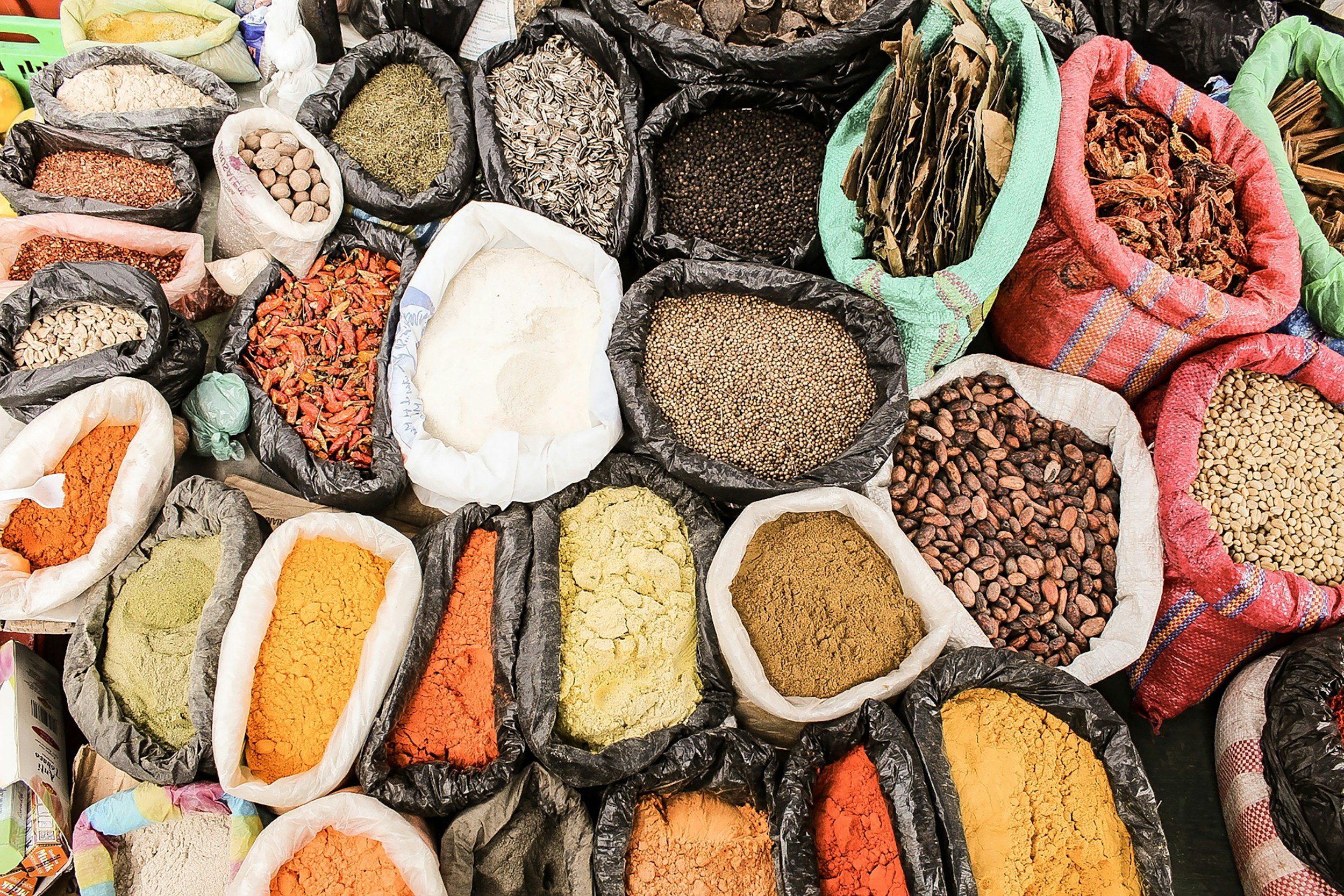
Acupressure
Acupressure facilitates greater movement and balance within the body’s meridian (energy) system. With training in Acupressure alongside a strong background in Swedish, deep tissue, and trigger point needling work, I integrate muscular release into each Acupressure session.
The modality is fully clothed, on a comfortable table and allows for dialogue options that enhance comfort and further the release process as the whole person relinquishes patterns of tension, pain, holding and disease.
Sometimes described as acupuncture without the needles, acupressure is actually much less limiting than acupuncture, as the modality enables access to over 200 different pressure points. Acupressure work stimulates the muscles themselves, and improves circulation, promotes relaxation, breaks down scar tissue, offers relief from stress and headaches, and emotional release for those dealing with grief and loss. All without a needle touching your skin!
Note: Acupressure is not typically a stand alone service. In general, Acupressure is an adjunct to the craniosacral and psychotherapy work that I offer. I find that when we use acupressure in conjunction with these other modalities, it deepens your attention into the present moment experience which allows greater access to new understandings, deeper relaxation, and offers greater possibilities for letting go and change.

What is Acupressure?
Acupressure is a form of touch therapy that utilizes the principles of acupuncture and Chinese medicine. In acupressure, the same points on the body are used as in acupuncture, but are stimulated with finger pressure instead of with the insertion of needles. Acupressure is used to relieve a variety of symptoms and pain, including headaches, jaw pain, anxiety, insomnia, muscle tension, depression, trauma response, and stress.
One of the oldest text of Chinese medicine is the Huang Di, The Yellow Emperor’s Classic of Internal Medicine, which is believed to be over 2,000 years old. Chinese medicine has developed acupuncture, acupressure, herbal remedies, diet, exercise, lifestyle changes, and other remedies as part of its healing methods. Nearly all of the forms of Oriental medicine that are used in the West today, including acupuncture, acupressure, shiatsu, and Chinese herbal medicine, have their roots in Chinese medicine. One legend has it that acupuncture and acupressure evolved as early Chinese healers studied the puncture wounds of Chinese warriors, noting that certain points on the body created interesting results when stimulated. The oldest known text specifically on acupuncture points, the Systematic Classic of Acupuncture, dates back to 282 A.D. Acupressure is the non-invasive form of acupuncture, as Chinese physicians determined that stimulating points on the body with massage and pressure could be effective for treating certain problems.
Outside of Asian-American communities, Chinese medicine remained virtually unknown in the United States until the 1970s, when Richard Nixon became the first U.S. president to visit China. On Nixon’s trip, journalists were amazed to observe major operations being performed on patients without the use of anesthetics. Instead, wide-awake patients were being operated on, with only acupuncture needles inserted into them to control pain. At that time, a famous columnist for the New York Times, James Reston, had to undergo surgery and elected to use acupuncture for anesthesia. Later, he wrote some convincing stories on its effectiveness. Despite being neglected by mainstream medicine and the American Medical Association (AMA), acupuncture and Chinese medicine became a central to alternative medicine practitioners in the United States.

Acupressure & Chinese Medicine
Chinese medicine views the body as a small part of the universe, subject to laws and principles of harmony and balance. Chinese medicine does not make as sharp a destinction as Western medicine does between mind and body. The Chinese system believes that emotions and mental states are every bit as influential on disease as purely physical mechanisms, and considers factors like work, environment, and relationships as fundamental to a patient’s health. Chinese medicine also uses very different symbols and ideas to discuss the body and health. While Western medicine typically describes health as mainly physical processes composed of chemical equations and reactions, the Chinese use ideas like yin and yang, chi, and the organ system to describe health and the body.
Everything in the universe has properties of yin and yang. Yin is associated with cold, female, passive, downward, inward, dark, wet. Yang can be described as hot, male, active, upward, outward, light, dry, and so on. Nothing is either completely yin or yang. These two principles always interact and affect each other, although the body and its organs can become imbalanced by having either too much or too little of either.
Chi (pronounced chee, also spelled qi or ki in Japanese shiatsu) is the fundamental life energy. It is found in food, air, water, and sunlight, and it travels through the body in channels called meridians. There are 12 major meridians in the body that transport chi, corresponding to the 12 main organs categorized by Chinese medicine.
Disease is viewed as an imbalance of the organs and chi in the body. Chinese medicine has developed intricate systems of how organs are related to physical and mental symptoms, and it has devised corresponding treatments using the meridian and pressure point networks that are classified and numbered. The goal of acupressure, and acupuncture, is to stimulate and unblock the circulation of chi, by activating very specific points, called pressure points or acupoints. Acupressure seeks to stimulate the points on the chi meridians that pass close to the skin, as these are easiest to unblock and manipulate with finger pressure.
Acupressure can be used as part of a Chinese physician’s prescription, as a session of massage therapy, or as a self-treatment for common aches and illnesses. A Chinese medicine practitioner examines a patient very thoroughly, looking at physical, mental and emotional activity, taking the pulse usually at the wrists, examining the tongue and complexion, and observing the patient’s demeanor and attitude, to get a complete diagnosis of which organs and meridian points are out of balance. When the imbalance is located, the physician will recommend specific pressure points for acupuncture or acupressure. If acupressure is recommended, the patient might opt for a series of treatments from a massage therapist.
In massage therapy, acupressurists will evaluate a patient’s symptoms and overall health, but a massage therapist’s diagnostic training isn’t as extensive as a Chinese physician’s. In a massage therapy treatment, a person usually lies down on a table or mat, with thin clothing on. The acupressurist will gently feel and palpate the abdomen and other parts of the body to determine energy imbalances. Then, the therapist will work with different meridians throughout the body, depending on which organs are imbalanced in the abdomen. The therapist will use different types of finger movements and pressure on different acupoints, depending on whether the chi needs to be increased or dispersed at different points. The therapist observes and guides the energy flow through the patient’s body throughout the session. A session of acupressure is generally a very pleasant experience, with the main side effect being relaxation. Some people experience great benefit immediately, and for more chronic conditions, several sessions may be necessary to relieve and improve conditions.
Source: Answers.com


